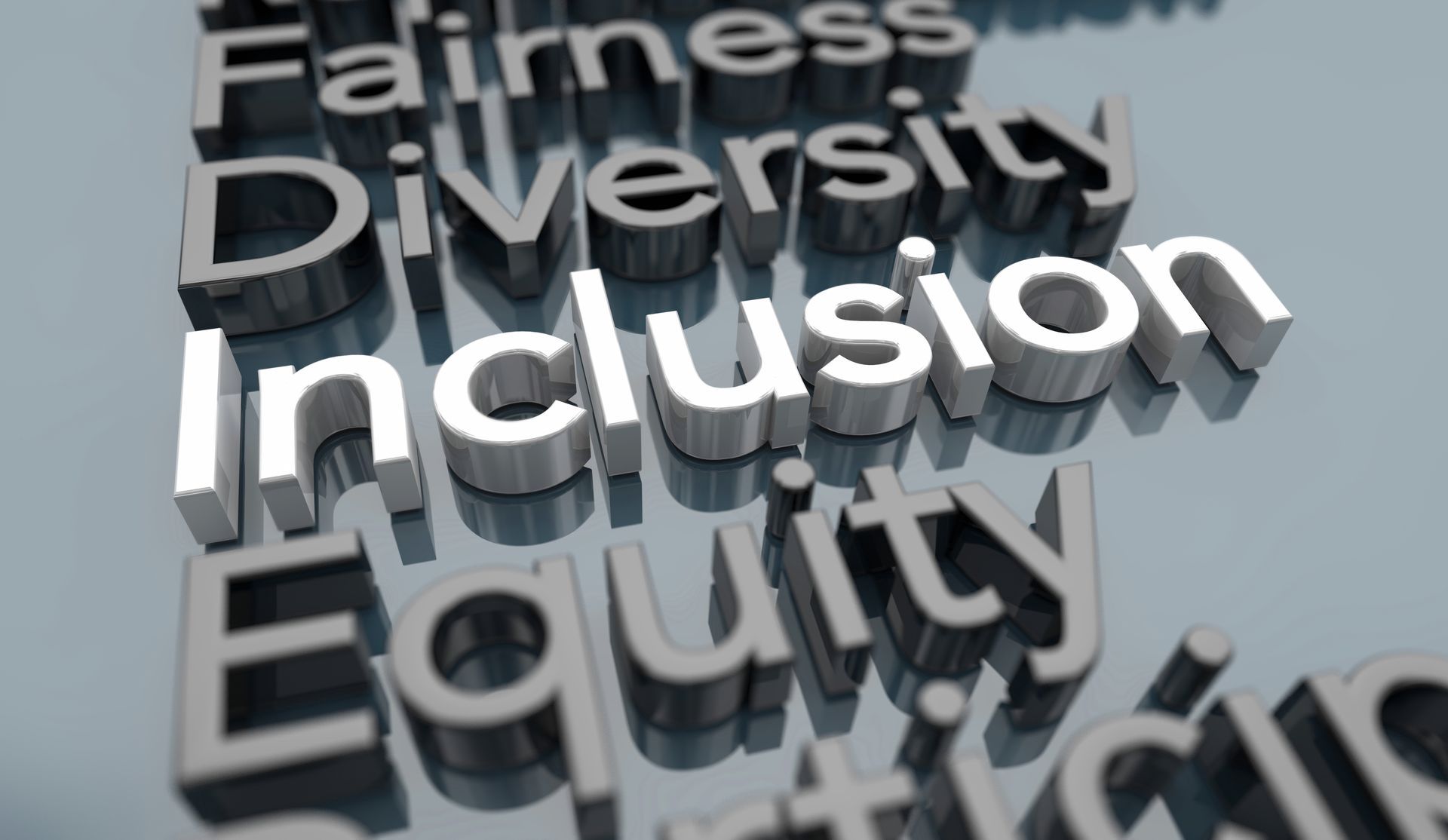
The process of onboarding new employees is a critical aspect of any organization's success.
An effective onboarding program not only helps new hires acclimate to their roles but also sets the foundation for long-term employee satisfaction, loyalty, and productivity.
In the AI era, where rapid technological advancements and a dynamic work environment are the norms, the importance of a well-structured onboarding process cannot be overstated.
Moreover, with the increasing focus on Environmental, Social, and Governance (ESG) factors, and the growing emphasis on employee experience and employer branding, a comprehensive onboarding strategy becomes even more significant.
This guide will provide a detailed exploration of onboarding tips and tricks, highlighting their importance in the AI era and their connection to ESG, employee experience, loyalty building, and employer branding.
The Importance of Effective Onboarding in the AI Era
Adapting to Technological Advancements
In the AI era, the pace of technological change is unprecedented.
New hires must quickly become proficient with advanced tools, software, and processes that are integral to their roles.
A well-designed onboarding program can facilitate this transition by providing targeted training and resources, ensuring that employees are equipped to leverage technology effectively from day one.
Enhancing Employee Experience
The employee experience begins from the moment a new hire accepts an offer.
A positive onboarding experience can significantly impact an employee's perception of the organization and their overall job satisfaction.
By focusing on personalized onboarding experiences, organizations can foster a sense of belonging and engagement, leading to higher levels of productivity and retention.
Aligning with ESG Principles
Onboarding provides an opportunity to introduce new hires to the organization's ESG commitments and practices.
By incorporating ESG principles into the onboarding process, companies can instill a sense of social and environmental responsibility from the outset. This alignment not only supports the organization's sustainability goals but also resonates with employees who value corporate responsibility.
Building Loyalty and Employer Branding
A strong onboarding program is a powerful tool for building employee loyalty and enhancing employer branding.
When new hires feel supported and valued, they are more likely to develop a sense of loyalty and advocate for the organization.
This positive word-of-mouth can strengthen the company's reputation as an employer of choice, attracting top talent in a competitive job market.
Key Elements of an Effective Onboarding Program
Pre-Onboarding Preparation
Effective onboarding begins before the new hire's first day.
Pre-onboarding activities can help new employees feel welcomed and prepared, reducing first-day jitters and setting the stage for a smooth transition.
Methodological Instructions:
• Welcome Packets: Send welcome packets that include important information about the company, its culture, and what to expect on the first day. Include practical items such as company swag, login credentials, and a detailed schedule.
• Introduction Emails: Send introduction emails from team members and managers to create a sense of connection and anticipation.
• Technology Setup: Ensure that all necessary technology, such as computers, software, and access to company systems, is set up and tested before the new hire's arrival.
Structured Orientation
A structured orientation program helps new hires understand the organization's mission, values, and goals. It provides a comprehensive overview of the company's history, culture, and key policies.
Methodological Instructions:
• Company Overview: Present an engaging company overview that includes the organization's history, mission, values, and strategic goals. Use multimedia elements, such as videos and interactive presentations, to keep the session engaging.
• Policy Training: Conduct training sessions on essential policies, including workplace ethics, diversity and inclusion, cybersecurity, and compliance with ESG standards.
• Cultural Immersion: Organize activities that immerse new hires in the company culture, such as team-building exercises, meet-and-greet sessions, and tours of the workplace (virtual tours for remote employees).
Role-Specific Training
Role-specific training ensures that new hires gain the knowledge and skills necessary to perform their job effectively.
This training should be tailored to the individual's role and responsibilities.
Methodological Instructions:
• Customized Training Plans: Develop customized training plans for each new hire based on their role. Include a mix of formal training sessions, hands-on practice, and mentorship.
• Skill Development: Focus on developing both technical and soft skills. Utilize e-learning platforms, workshops, and on-the-job training to address different learning preferences.
• AI and Technology Training: Provide training on AI tools, software, and systems that are relevant to the role. Offer resources and support to help new hires become proficient with these technologies.
Mentorship and Buddy Programs
Mentorship and buddy programs can significantly enhance the onboarding experience by providing new hires with guidance, support, and a sense of camaraderie.
Methodological Instructions:
• Assign Mentors: Pair new hires with experienced mentors who can offer advice, answer questions, and provide ongoing support.
• Buddy System: Implement a buddy system where new hires are paired with a peer who can help them navigate the day-to-day aspects of their role and the company culture.
• Regular Check-Ins: Schedule regular check-ins between new hires, mentors, and buddies to ensure continuous support and address any challenges that arise.
Continuous Feedback and Improvement
Continuous feedback and improvement are essential to refining the onboarding process and ensuring it meets the needs of new hires and the organization.
Methodological Instructions:
• Surveys and Feedback Forms: Conduct regular surveys and feedback forms to gather insights from new hires about their onboarding experience. Use this feedback to identify strengths and areas for improvement.
• Performance Metrics: Track key performance metrics, such as time to productivity, employee retention rates, and satisfaction scores, to measure the effectiveness of the onboarding program.
• Iterative Improvements: Use the feedback and data collected to make iterative improvements to the onboarding process. Stay agile and responsive to the evolving needs of new hires and the organization.
Integrating ESG into Onboarding
Incorporating ESG principles into the onboarding process is essential for fostering a culture of sustainability and social responsibility.
By embedding ESG values from the outset, organizations can ensure that new hires are aligned with their commitment to ethical and responsible business practices.
Communicating ESG Commitments
Effective communication of ESG commitments helps new hires understand the organization's values and their role in supporting these initiatives.
Methodological Instructions:
• ESG Overview: Include an overview of the company's ESG commitments and initiatives in the orientation program. Highlight key achievements, goals, and areas of focus.
• Training Sessions: Conduct training sessions on specific ESG topics, such as environmental sustainability, social responsibility, and governance practices.
• Leadership Involvement: Involve senior leaders in communicating the importance of ESG and their personal commitment to these values.
Encouraging Employee Participation
Encouraging new hires to actively participate in ESG initiatives fosters a sense of ownership and engagement.
Methodological Instructions:
• Volunteer Opportunities: Provide information about volunteer opportunities and community involvement programs. Encourage new hires to participate in these activities.
• Sustainability Practices: Educate new hires about the company's sustainability practices and how they can contribute, such as reducing waste, conserving energy, and supporting green initiatives.
• Recognition Programs: Implement recognition programs that acknowledge and reward employees for their contributions to ESG initiatives.
Enhancing Employee Experience through Onboarding
The onboarding process is a critical touchpoint in the employee experience journey.
By focusing on creating a positive and engaging onboarding experience, organizations can boost employee satisfaction and loyalty.
Personalization
Personalizing the onboarding experience helps new hires feel valued and understood, leading to higher levels of engagement and satisfaction.
Methodological Instructions:
• Personalized Welcome Messages: Send personalized welcome messages from team members and leaders. Mention specific details about the new hire's background and how they will contribute to the team.
• Customized Training Plans: Tailor training plans to the individual's role, skills, and career goals. Offer flexibility in training methods to accommodate different learning preferences.
• Individualized Support: Provide individualized support through regular check-ins, mentorship, and access to resources that address the new hire's unique needs and challenges.
Creating a Sense of Belonging
Fostering a sense of belonging from the outset helps new hires feel connected to the organization and their colleagues.
Methodological Instructions:
• Team Integration: Facilitate introductions and team-building activities that help new hires build relationships with their colleagues. Encourage team members to reach out and welcome new hires.
• Inclusive Culture: Promote an inclusive culture where diversity is celebrated, and everyone feels valued. Include diversity and inclusion training as part of the onboarding process.
• Engagement Activities: Organize engagement activities, such as social events, lunch-and-learns, and virtual meetups, to help new hires connect with their peers and feel part of the community.
Building Loyalty through Onboarding
Effective onboarding is a key driver of employee loyalty.
By providing a supportive and engaging onboarding experience, organizations can build a foundation of trust and commitment.
Setting Clear Expectations
Setting clear expectations from the beginning helps new hires understand their roles and responsibilities, reducing uncertainty and building confidence.
Methodological Instructions:
• Role Clarity: Provide detailed job descriptions and clear explanations of role expectations. Ensure new hires understand how their work contributes to the organization's goals.
• Performance Goals: Establish short-term and long-term performance goals in collaboration with new hires. Provide regular feedback and support to help them achieve these goals.
• Career Pathways: Discuss potential career pathways and development opportunities within the organization. Show new hires how they can grow and advance their careers.
Providing Ongoing Support
Ongoing support is essential for maintaining the momentum built during the initial onboarding phase.
Methodological Instructions:
• Continuous Check-Ins: Schedule regular check-ins with new hires to provide feedback, address concerns, and offer support. Ensure that managers are actively involved in these discussions.
• Professional Development: Offer continuous professional development opportunities, such as training programs, workshops, and conferences. Encourage new hires to pursue learning and growth.
• Mentorship Programs: Extend mentorship programs beyond the initial onboarding period. Ensure that new hires have access to mentors who can provide ongoing guidance and support.
Enhancing Employer Branding through Onboarding
A strong onboarding program can significantly enhance employer branding by showcasing the organization's commitment to employee success and well-being.
Showcasing Company Culture
Showcasing the company culture during onboarding helps new hires understand what makes the organization unique and appealing.
Methodological Instructions:
• Cultural Stories: Share stories and examples that highlight the company's culture, values, and achievements. Use videos, testimonials, and case studies to make the culture tangible.
• Cultural Ambassadors: Identify cultural ambassadors within the organization who can share their experiences and insights with new hires. Encourage them to participate in onboarding activities.
• Social Media: Leverage social media platforms to showcase the onboarding experience. Share photos, videos, and stories that highlight the positive aspects of the onboarding process.
Creating Brand Advocates
New hires who have a positive onboarding experience are more likely to become brand advocates, promoting the organization to others.
Methodological Instructions:
• Employee Testimonials: Encourage new hires to share their onboarding experiences through testimonials, reviews, and social media posts. Highlight these stories in employer branding materials.
• Referral Programs: Implement referral programs that reward employees for recommending the organization to their networks. Provide incentives for successful hires.
• Engagement Surveys: Conduct engagement surveys to gather feedback from new hires about their onboarding experience. Use this feedback to continuously improve the process and strengthen employer branding.
Leveraging Technology in Onboarding
In the AI era, leveraging technology is essential for creating efficient and effective onboarding processes.
Technology can enhance the onboarding experience by providing personalized, scalable, and data-driven solutions.
AI-Powered Onboarding Platforms
AI-powered onboarding platforms can streamline and personalize the onboarding process, making it more engaging and efficient.
Methodological Instructions:
• Personalized Learning Paths: Use AI algorithms to create personalized learning paths for new hires based on their roles, skills, and preferences. Provide tailored training content and resources.
• Chatbots and Virtual Assistants: Implement chatbots and virtual assistants to provide instant support and answer common onboarding questions. Use these tools to guide new hires through the onboarding process.
• Data Analytics: Utilize data analytics to track onboarding progress, identify trends, and measure the effectiveness of the onboarding program. Use insights to make data-driven improvements.
Virtual Onboarding
With the rise of remote work, virtual onboarding has become a necessity.
Virtual onboarding solutions can ensure a seamless experience for remote new hires.
Methodological Instructions:
• Virtual Welcome Kits: Send virtual welcome kits that include digital resources, company information, and access to online tools and platforms.
• Online Training Modules: Develop online training modules that cover essential onboarding topics. Use interactive elements, such as quizzes and simulations, to enhance engagement.
• Virtual Meetups: Organize virtual meetups and social events to help remote new hires connect with their colleagues. Use video conferencing tools to facilitate face-to-face interactions.
Onboarding is a critical process that sets the stage for new hires' success and long-term engagement.
In the AI era, a well-designed onboarding program is essential for helping employees adapt to technological advancements, enhancing employee experience, aligning with ESG principles, building loyalty, and strengthening employer branding.
By following the tips and tricks outlined in this guide, organizations can create an onboarding process that is comprehensive, engaging, and impactful.
Leveraging technology, personalizing the experience, and fostering a culture of continuous learning and support are key to achieving these goals.
Ultimately, a successful onboarding program is not just about welcoming new hires but about integrating them into the organization in a way that promotes their growth, satisfaction, and commitment. In doing so, organizations can build a strong, loyal, and motivated workforce that is well-equipped to thrive in the AI era and beyond.










